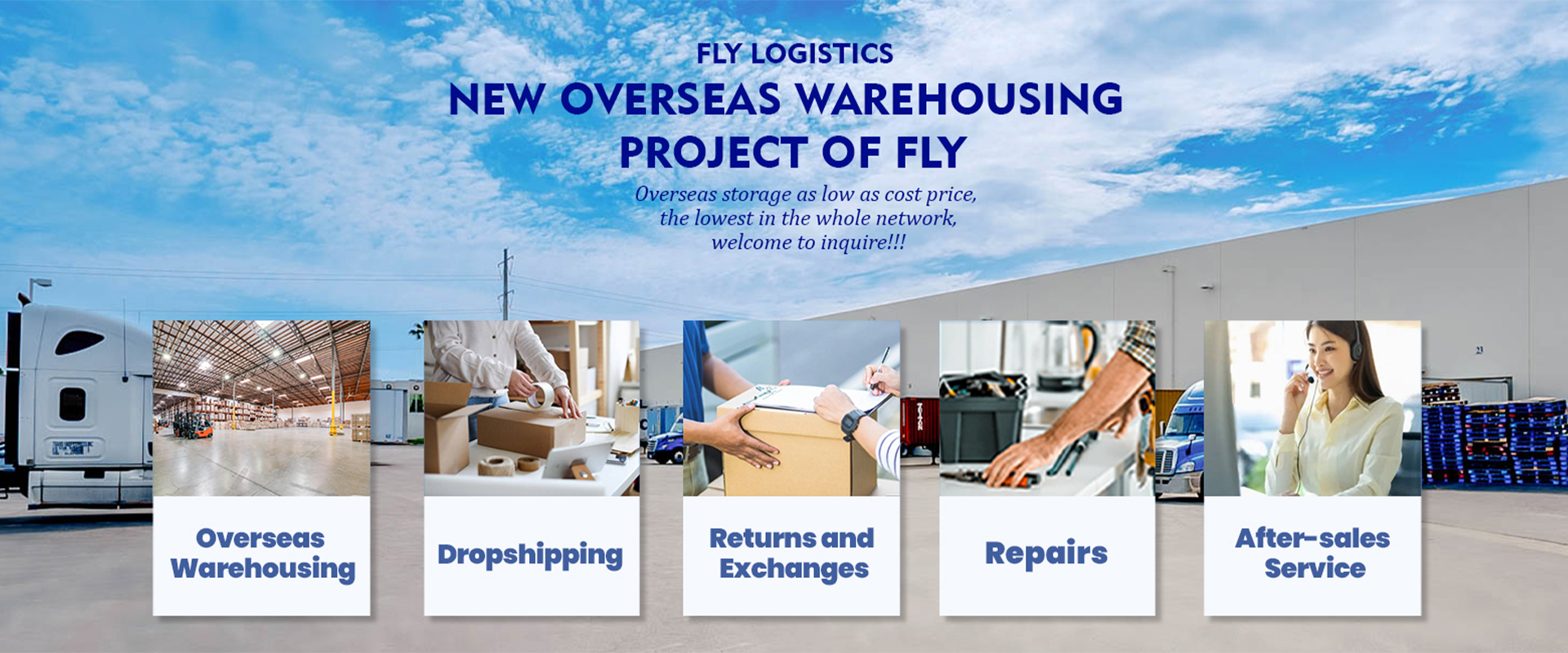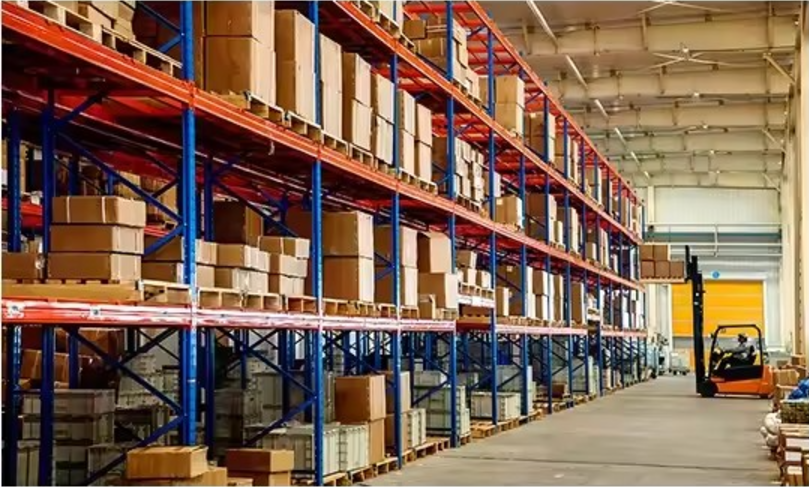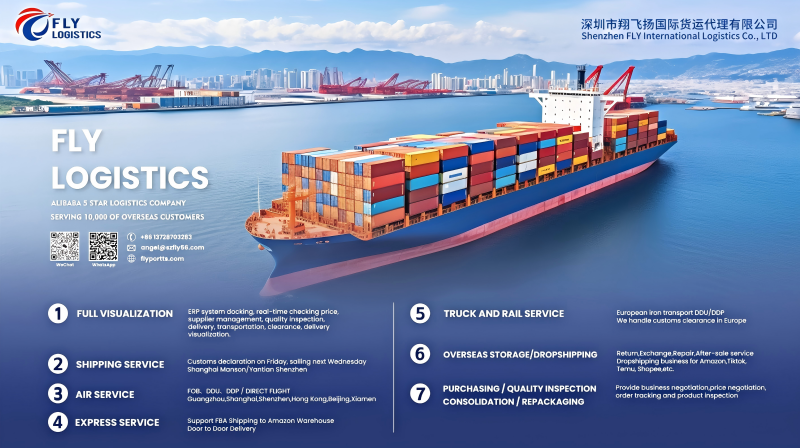Recently, President Donald Trump’s new tariffs against China, which include an additional 10% tariff on Chinese products. This move has put many businesses, especially those that rely heavily on imports from China, in a difficult position. As a result, companies are increasingly looking for strategies to minimize their tariff exposure. One effective strategy that has gained traction in the wake of these tariff increases is the use of overseas warehouses.
Understanding Tariffs and Their Impact
A tariff is a tax imposed by a government on imported goods. The goal of tariffs is often to protect domestic industries from foreign competition by making foreign goods more expensive. For example, the 10% tariff on Chinese products announced by President Trump is designed to make Chinese goods less attractive to American consumers by increasing their price.
For businesses that rely on importing products from China or other countries with high tariffs, these additional costs can significantly impact their profit margins. Companies often pass these costs onto consumers, resulting in higher prices. Alternatively, they might absorb the costs, leading to reduced profitability. In either case, tariffs can create financial pressure, making it more difficult to remain competitive.
The Role of Overseas Warehouses in Reducing Tariff Costs
Overseas warehouses, also known as foreign distribution centers, are storage facilities located in countries outside a company’s home market. These warehouses allow businesses to store their products closer to their target markets. This strategy is particularly beneficial for businesses that sell internationally, as it enables them to avoid the direct impact of tariffs that would be incurred if goods were shipped from the country of origin (such as China) to the end market (such as the U.S.).
Let’s explore how using overseas warehouses can help businesses mitigate the impact of tariffs and reduce their overall tariff costs:
- Deferring Tariffs Until Goods Enter the Target Market
One of the most significant advantages of using overseas warehouses is the ability to defer tariff payments until the goods are shipped from the warehouse to the end customer. Instead of paying the tariff upfront when the products enter the country, businesses can store them in an overseas warehouse and wait to ship them only when necessary. This allows companies to avoid paying tariffs on goods that are not yet needed in the market.
- Using Free Trade Zones (FTZs)
Many overseas warehouses are located within Free Trade Zones (FTZs), special areas designated by governments where imported goods can be stored, processed, or even manufactured without being subject to tariffs or other trade restrictions. Products can be held in an FTZ without paying tariffs until they are officially imported into the home country.
- Avoiding High Tariffs Through Strategic Location Choices
Overseas warehouses can also help companies avoid high tariffs altogether by strategically selecting locations with lower or no tariffs. For example, some countries have minimal or no tariffs on products from certain regions. If a company sources goods from China but finds that tariffs on Chinese products are too high, it could explore the possibility of setting up warehouses in countries where tariffs are lower.
By using overseas warehouses in countries with favorable tariff rates or free trade agreements with key markets, companies can significantly reduce their overall tariff burden. This approach is particularly useful for businesses that rely heavily on Chinese imports but want to minimize the financial impact of new tariffs like those imposed by President Trump.
- Minimizing Customs and Compliance Costs
Apart from the direct tariff costs, businesses also face significant costs associated with customs and compliance when importing goods into the U.S. or other markets. These costs include paperwork, inspection fees, and other administrative burdens. Overseas warehouses can help streamline this process by allowing businesses to ship in bulk to a centralized location rather than dealing with the complexities of customs clearance at each individual port of entry.
By consolidating shipments in overseas warehouses, businesses can take advantage of economies of scale, reducing their overall customs and compliance costs. This can be particularly beneficial for smaller businesses that may not have the resources to manage the complexities of international trade on their own.
- Reducing Lead Times and Improving Supply Chain Efficiency
In addition to reducing tariff costs, overseas warehouses can improve a company’s overall supply chain efficiency. By storing goods closer to end markets, companies can reduce lead times, ensuring faster delivery to customers. This can be particularly important in industries where customer expectations for delivery speed are high, such as e-commerce and consumer electronics.
By using overseas warehouses, businesses can better respond to demand fluctuations and avoid the risk of overstocking or understocking. This flexibility can help companies stay competitive and maintain customer satisfaction, even in the face of rising tariffs and other trade barriers.
- Increasing Market Access and Expanding International Reach
Overseas warehouses are not only useful for reducing tariff costs but also for expanding a company’s reach into new international markets. By establishing a physical presence in strategic locations abroad, businesses can more easily test new markets and improve their ability to enter new regions.
For instance, a U.S. business that wants to sell to Europe could set up an overseas warehouse in a European country with favorable trade agreements, such as the Netherlands. By storing goods in the Netherlands, the company can avoid the high tariffs on U.S. products entering the EU and take advantage of the EU’s free trade agreements with other countries. This opens up new avenues for growth and diversification.

Real-World Examples of Businesses Using Overseas Warehouses
Several businesses have successfully implemented overseas warehouses as part of their strategy to reduce tariff costs. Shenzhen Fly International Logistics Co., Ltd., Fly Logistics has more than 200,000 square feet of overseas warehouses in the United States, the United Kingdom, and Canada and is fully self-operated and controlled. We have perfect channel advantages: air and sea FOB/DDU/DDP services in the United States, the United Kingdom, Canada, Australia, the Middle East, and Europe, overseas warehousing, returns and exchanges, and drop shipping, serving more than 200,000 domestic and overseas sellers of all sizes. We are committed to providing cost-effective shipping solutions to meet your needs.
Additionally, companies in industries such as electronics, fashion, and consumer goods are increasingly turning to overseas warehouses to streamline their supply chains and mitigate the impact of tariffs. These businesses recognize that by maintaining a flexible and globally distributed inventory, they can maintain competitiveness even in the face of rising tariff costs.
Conclusion
The new tariffs imposed by President Trump on Chinese products have posed significant challenges for businesses that rely on Chinese imports. However, by using overseas warehouses, companies can reduce their exposure to tariff costs, streamline their supply chains, and improve their overall efficiency. Whether by deferring tariffs, utilizing Free Trade Zones, or strategically choosing warehouse locations, businesses can take proactive steps to manage the financial impact of tariffs.
In today’s interconnected global economy, businesses must stay agile and innovative to remain competitive. Overseas warehouses offer a viable solution for reducing tariff costs and maintaining a smooth and cost-effective supply chain. For businesses seeking to navigate the complexities of international trade in the era of tariffs, this strategy offers a powerful tool for reducing risk and increasing profitability.





